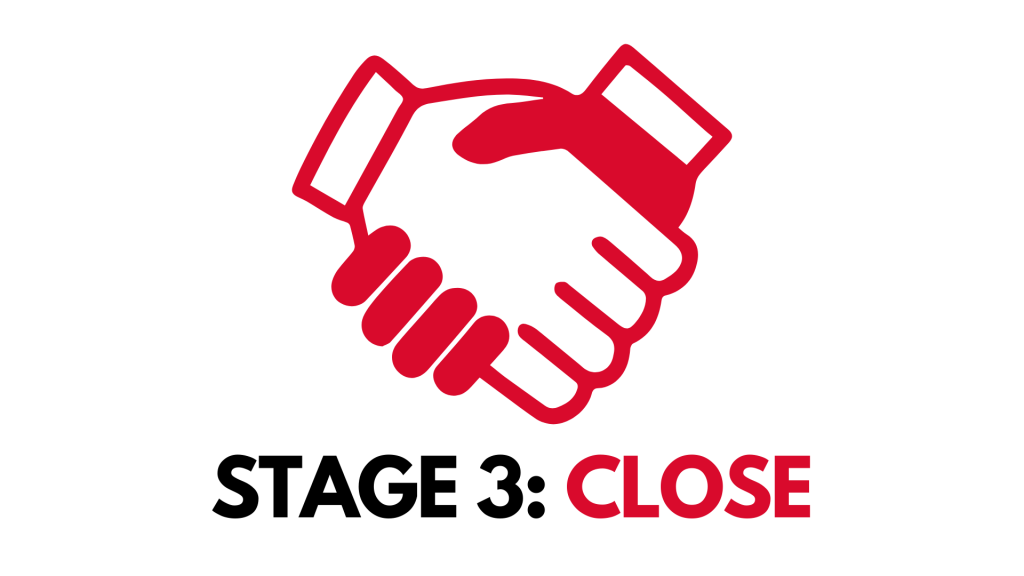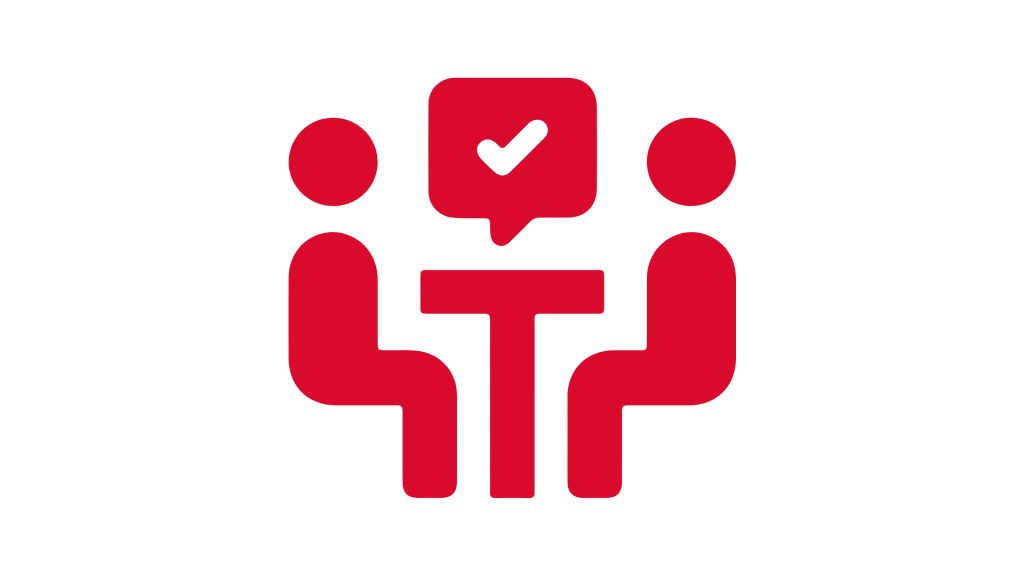Part—3 of the article talks about the third stage of the negotiation process. The third stage of the negotiation process is Close: Create a Contract. Within the third stage of the negotiation process, there are four things to think about and understand. The first thing is Perspectives on Contracts; the second thing is Sources of Contract Law: Two Variables, the third is Key Elements in Creating Contracts, and the fourth is Business Vs. Legal Objectives.
For the third negotiation process, creating a contract, let’s start with the simple definition of a contract. So, a contract is an agreement enforced by law.
As a result, you and I can make a variety of agreements. We can all agree that it’s a beautiful day outside, but it doesn’t make it legal. So, our goal here is to reach an arrangement that will stand up in court.
And when it comes to looking at a contract, there are many different views to consider. A global viewpoint is one point of view. This is demonstrated by the following quote from the Wall Street Journal. One thing to keep in mind when establishing market systems in former communist countries: it can’t be done without first installing a legal procedure that protects everyone’s right to own, buy, and sell property, and without legal protections for the contracts through which those transactions are carried out.
3.0 Close: Create A Contract

A system of contract law and the means to enforce it are essential. And what this writer is essentially referring to is what we call the rule of law. Are they enforceable, and will the courts uphold the agreements reached? Otherwise, you’re taking a significant risk by investing in those things. So, as a result, you may look at contracts from a broad viewpoint.
So, in a world of contracts, how do you create one?
Creating Contracts
To create contracts, there are a few steps. Them being:
1. Agreement

Many people employ a framework agreement, which is a type of contract. You begin by assembling an agreement, a skeletal agreement, and then gradually fill in the gaps. Several different names know these Framework Agreements. Preprinted Leases or Real Estate Contracts are sometimes used. Memorandums of Understanding, Letters of Intent, Agreements in Principle, and Memorandums of Agreement are some of the terms used. Framework agreements are described in various ways, all examples of framework agreements. These are excellent negotiation tools for moving from discussions to a legally binding agreement.
The problem is that this will happen at some point. You’ll have crossed the threshold from a negotiating tool to a legally binding contract when you finish this framework agreement. And there was a very striking illustration of this a few years ago with Pennzoil. They produced a framework agreement called a Memorandum of Agreement when negotiating with Getty Oil to acquire Getty Oil.
2. Consideration and Legality

There are technical legal definitions of consideration. Let me give you a simple purpose: both parties must give up something for an agreement to be legally binding. In common law and civil law countries, multiple points of view are now considered. In general, consideration is not required in civil law countries. It is required in common law countries. However, given our global economy and the diversity of legal systems involved in contract negotiations, it’s good always to strive to include consideration in contracts to be safe.
Imagine you’re an entrepreneur who wants to leave the company and create your own company or work for a competitor within the year. Then there’s whether or not a judge will enforce your non-compete agreement. This, too, is contingent. A court must make a difficult decision because no court wants to keep you out of work for a year in a field with established skills. As a result, courts worldwide scrutinize these agreements very seriously.
3. Writing Requirements

First, there’s the situation where it’s written down. Second, there is a circumstance when it is not in writing, and there are two sub-questions if it is not in the report. First, is it necessary to write something? Then there’s a practical approach I’d like to discuss to prevent legal issues. So, let’s start with the most basic scenario, where you have a written agreement and look at some of the problems.
When you reduce a contract to writing, the agreement is only as good as the four corners. Courts: We will look at the documentation to determine your obligations and the other side’s obligations. They’re not going to try to piece together the talks and what was agreed to or not agreed to over weeks or months. They’re going to concentrate on the written contract. What you said before the written agreement and what you said at the same time as the written agreement will not be considered. It’s just whatever is written in the contract.
So, this is how one creates a contract.

